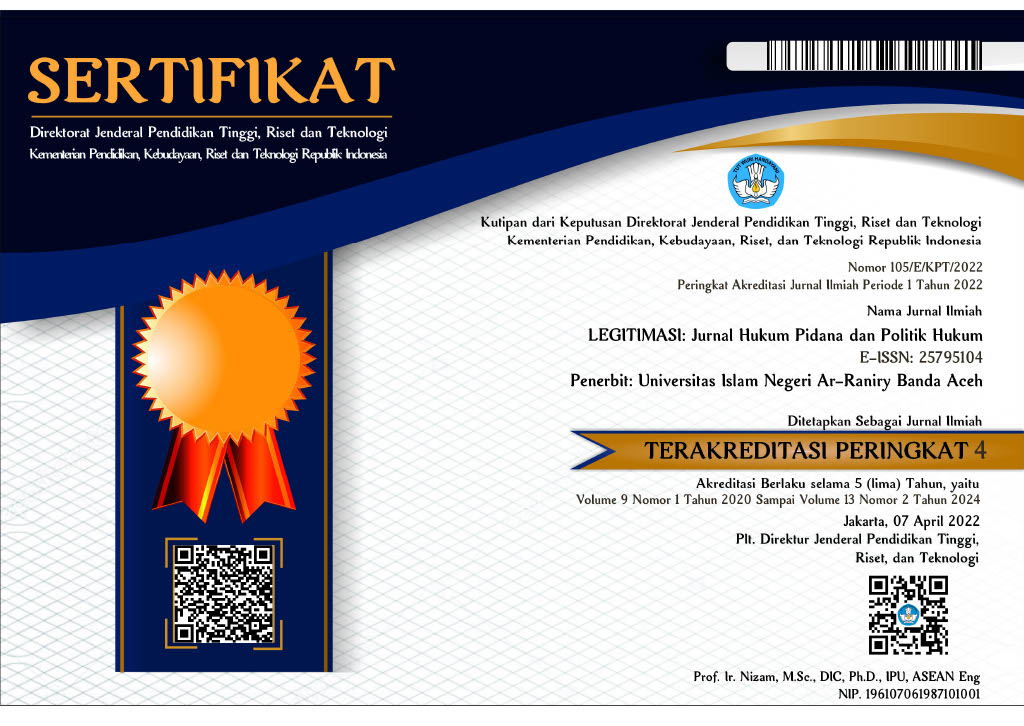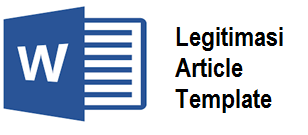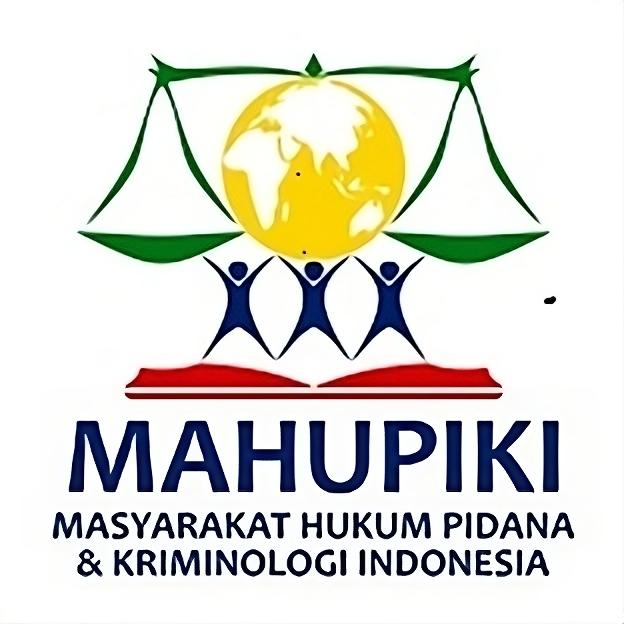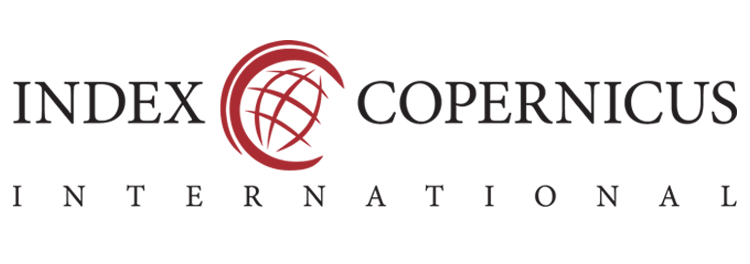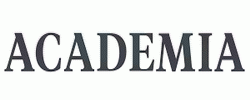Author Guideline
Guidelines for the writing of articles at Legitimasi: Jurnal Hukum Pidana dan Politik Hukum can be seen as follows:
- Articles are the author's original scientific work and have never been published or are in the process of being published by other media
- Articles emphasize the study of Criminal Law, Legal Politics, and Islamic Law in Islamic Countries in general and specifically in Indonesia by emphasizing the theories of Islamic criminal law, legal politics, and Islamic Law and its practices in the Islamic world (See Focus and Scope);
- Articles must be in accordance with the surrounding style and journal template;
- The author must submit an article that reviews the actual themes within the scope of Criminal Law, Legal Politics, and Islamic Law, showing the sharpness of analysis, the updating of references, and no plagiarism. The author must fill in the form for the authenticity of the articles.
- Articles can be written in Indonesian, English, and Arabic;
- Articles submitted to Legitimasi have written in Papers A4 (Width: 21 cm, Height: 29.7 cm), Margin (Top: 3 cm, left: 3 cm, Botton: 2.5 cm, Right: 2.5 cm), Times New Roman 12 pt, 1 spaces ranging, papers’ length from 15-25 pages.
- Article submitted to Legitimasi have written by using the Mendeley Reference application with Format Chicago Manual of Style 17th Edition (full note);
- The articles submitted through online submissions must contain the articles file and the academic biographical data.
- The articles sent using Arabic-Indonesian transliteration according to SKB 3 Ministers
The article's systematics are:
Title. The title should reflect the essence of the content of the article and be limited to a maximum of 12 words
Author's name. Without an academic degree, affiliation, and email. Maximum of five authors per manuscript.
Abstract. The Abstracts are written in two languages, English and Indonesian. The abstract is written in one paragraph and includes four things: Background, problem statement, research questions, method, findings/results, and conclusion. The abstract contains a maximum of 250 words.
Introduction. The introduction should include three things: the issues studied, The importance of issues, the literature review, the method/way the author discusses the issue that is presented, briefly and densely, and novelty.
Discussion. Subtitles are written according to the content of those subtitles. This section should contain clear and scientific analysis and findings. The discussions in each section are comprehensive, logical, and systematically described.
Conclusion. The author writes the closing words as conclusions from the analysis results, discussion, and suggestions or recommendations for the next research project. Authors can also reward those who have contributed to the research.
Citation. Each time quoting an opinion, the author must give a footnote using Format Chicago Manual of Style 17th Edition (full note).
Footnote Writing Example:
1Abdullahi Ahmed An Na’im, Toward an Islamic Reformation: Civil Liberties, Human Right and Intern Law (USA: Syracuse University Press, 1996).
2Abd al-Qadir ’Awdah, al-Tasyri‘ al-Jina’i al-Islami; Muqaranan bi al-Qanun al-Wadh‘i, II (Kairo: Maktabah al-Taufiqiyah, 2013).
3Dedy Sumardi, Ratno Lukito, and Moch Nur Ichwan, “Legal Pluralism within the Space of Sharia: Interlegality of Criminal Law Traditions in Aceh, Indonesia,” Samarah 5, no. 1 (2021): 426–49.
4Michael Feener, “State, Shari’a and Its Limits,” in Limits of The State: Reconfigurations of Practice, Community and Authority in Contemporary Aceh, ed. R. Michael Feener, David Kloos, and Annemarie Samuel (Leiden: Koninklijke Brill nv, 2016).
References. The references are arranged alphabetically and is written 1 space by giving tabs the second line and so on, while the first line is not. Please use the Mendeley Manager Reference application. The examples of writing references are:
Journal Article:
Sumardi, Dedy, Ratno Lukito, and Moch Nur Ichwan. “Legal Pluralism within the Space of Sharia: Interlegality of Criminal Law Traditions in Aceh, Indonesia.” Samarah 5, no. 1 (2021): 426–49.
Book:
Na’im, Abdullahi Ahmed An. Toward an Islamic Reformation: Civil Liberties, Human Right and Intern Law. USA: Syracuse University Press, 1996.
’Awdah, ’Abd al-Qadir. Al-Tasyri‘ Al-Jina’i Al-Islami; Muqaranan Bi Al-Qanun Al-Wadh‘I. II. Kairo: Maktabah al-Taufiqiyah, 2013.
Book Section:
Feener, Michael. “State, Shari’a and Its Limits.” In Limits of The State: Reconfigurations of Practice, Community and Authority in Contemporary Aceh, edited by R. Michael Feener, David Kloos, and Annemarie Samuel. Leiden: Koninklijke Brill nv, 2016.
Online Source:
https://biz.kompas.com/read/2022/12/10/084038428/wamenkumham-produk-hukum-buatan-indonesia-untuk-indonesia
Make sure that your articles are prepared using the articles template. Download here the article template.

